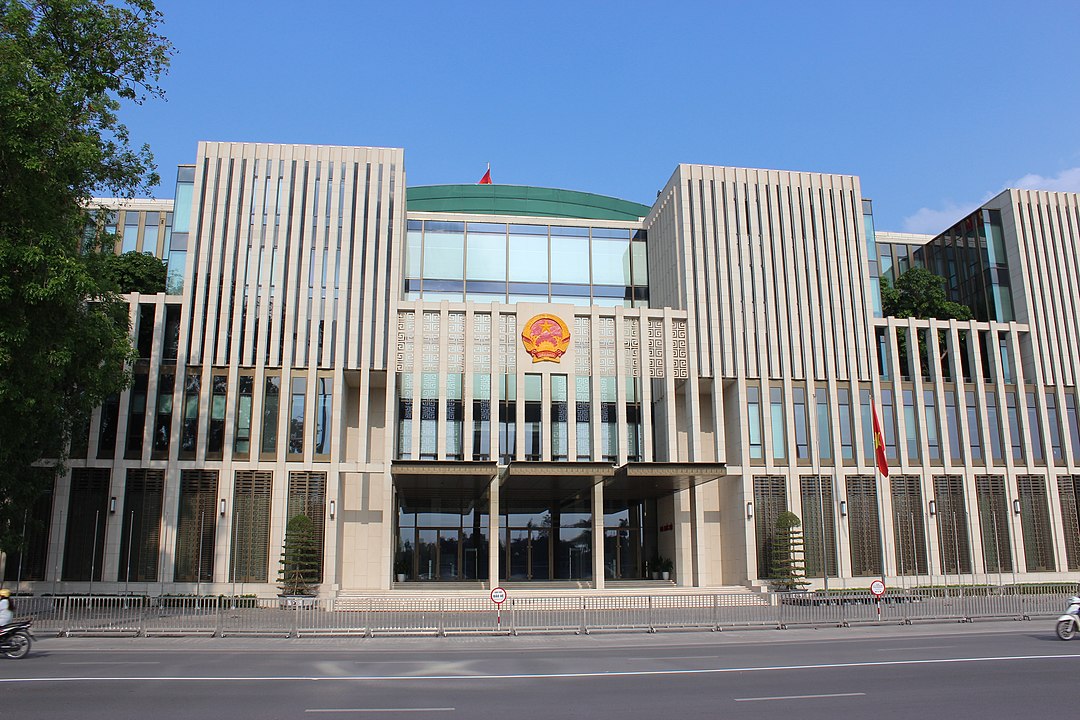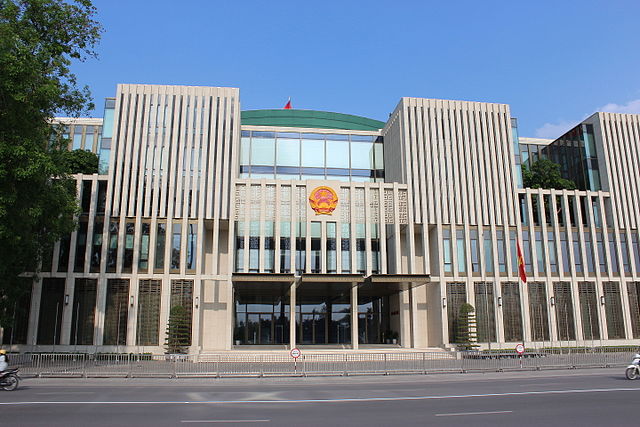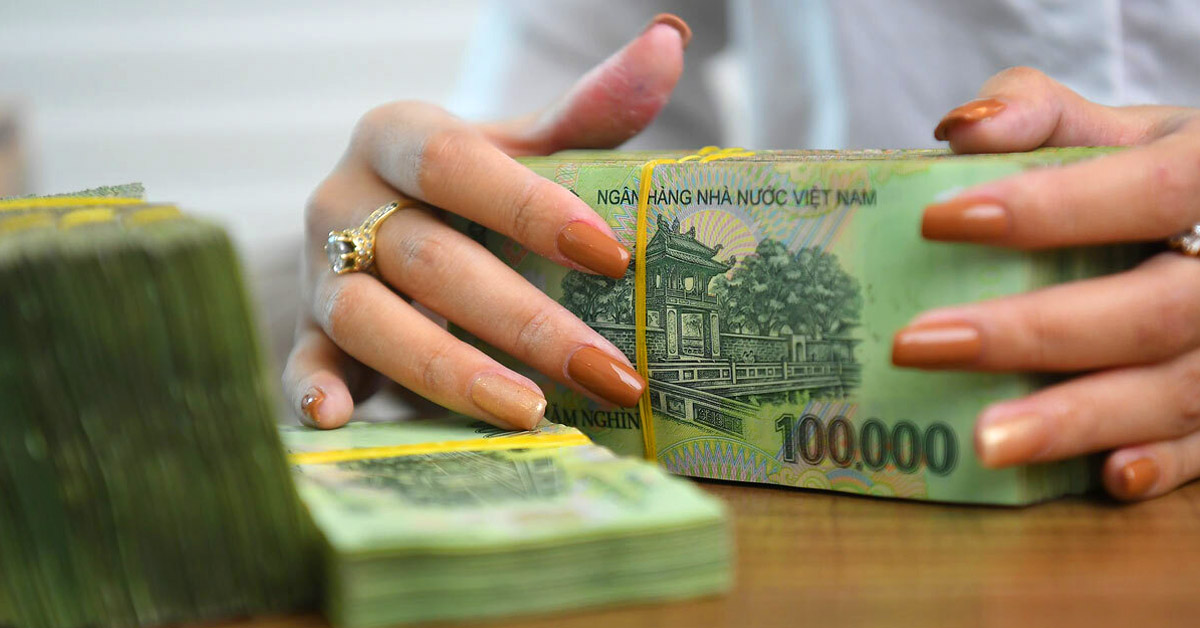FRASERS NEWSLETTER
In this edition of our newsletter we report on the following:
- New Decree on special preferential import/export tariffs under the CPTPP;
- New amendments to the Law on Insurance Business and the Law on Intellectual Property;
- New Law on Public Investment; and
- Draft Decree on minimum regional wages.
1. New Decree on preferential export tariff schedule and preferential import tariff schedule under the comprehensive and progressive agreement for trans-pacific partnership in the 2019 – 2022 period
On 26 June 2019, the Government issued Decree No. 57/2019/ND-CP on the preferential export tariff schedule and preferential import tariff schedule under the comprehensive and progressive agreement for trans-pacific partnership (CPTPP) in the 2019 – 2022 period (Decree 57), which took effect from its signing date.
Some of the key provisions contained in Decree 57 include:
- Providing applicable export and import tariff rates
- Appendix I and II of Decree 57 provide the tariff rates, respectively for exports and imports, applicable to six countries which have already ratified the CPTPP, including Mexico, Japan, Singapore, New Zealand, Canada and Australia (CPTPP Member States) for the period from 2019 to 2022;
- With respect to exports, the goods listed in the Appendix I of Decree 57 (Appendix I Goods) are still subject to export tariffs, while a tariff rate of 0% shall be applied to other goods;
- In order for the Appendix I Goods to enjoy the preferential export tariff rates as provided in Appendix I when exported to any of the CPTPP Member States, the relevant exporter must prove that the goods were actually exported into CPTPP Member States. In particular, the exporter of Appendix I Goods shall, on the export date, declare the normal export tariff rates. Then, in order to apply for preferential export tariff rates, within 1 year since the export date the exporter shall submit a full and valid application dossier, including transport documents and import customs declarations, showing that the destination of the goods was one of CPTPP Member States. After the assessment of such application dossier, provided that the application dossier is correct, the custom authority shall undertake a tariff refund procedure in accordance with the applicable legislation; and
- With respect to imports, imported goods eligible for preferential import tariffs, must (a) be listed in Appendix II of the Decree 57; (b) be imported from any of the CPTPP Member States into Vietnam or from Vietnamese non-tariff zones to the domestic market; (c) transported into Vietnam from any of the CPTPP Member States or from Vietnamese non-tariff zones, provided that such goods still maintain their origin after the transit or transhipment; and (d) meet the provisions on origin of goods and have certificates of origin according to the forms prescribed under the CPTPP.
- Different levels of preferential tariffs applied for different CPTPP Member States
The tariff reductions shall be applied starting from 14 January 2019. Decree 57 provides for different levels of tariff reductions, which will be implemented progressively and will increase every year. In particular, a first level of tariff reductions shall apply to goods imported from and exported to Mexico. However, the goods imported from and exported to Japan, Singapore, New Zealand, Canada and Australia, and from Vietnamese non-tariff zones, already enjoy the second level of tariff rate reductions (which is more favourable than the first level). The subsequent levels of annual tariff rate reductions shall take effect on 1 January of each calendar year. - Effects on exports and imports declared before 26 June 2019
In accordance with Article 6.2 of Decree 57, with respect to the export and import custom declarations registered from 14 January 2019 to 25 June 2019, if exported and imported goods are eligible for enjoying tariff preference according to Decree 57 but higher duty rates have been paid, the amount paid in excess shall be handled in accordance with the law on tariff administration.
2. New Law amending and supplementing the Law on Insurance Business and the Law on Intellectual Property
On 14 June 2019, the National Assembly of Vietnam passed a new Law (New Law) amending and supplementing the following laws:
- Law No. 24/2000/QH10, entitled the Law on Insurance Business, passed by the National Assembly on 9 December 2000, as amended by Law No. 61/2010/QH12 passed by the National Assembly on 24 November 2010 (collectively, Law on Insurance Business); and
- Law No. 50/2005/QH11, entitled the Law on Intellectual Property, passed by the National Assembly on 29 November 2005, as amended by Law No. 36/2009/QH12 passed by the National Assembly on 19 June 2009 (collectively, Law on Intellectual Property);
in order for Vietnam to comply with the provisions of the Comprehensive and Progressive Agreement for Trans-Pacific Partnership (CPTTP), which has been recently ratified by the National Assembly, and with the commitments of Vietnam upon its accession to the World Trade Organisation.
The New Law will take effect as from 1 November 2019.
Below are some highlights of the key amendments under the New Law as compared to the current Law on Insurance Business and Law on Intellectual Property.
- Amendments regarding the Law on Insurance Business and Annex 4 of the Law on Investment
- The New Law defines and creates a legal framework for insurance auxiliaryservices, being consultancy, risk assessment, actuarial, loss inspection, and claim settlement. In the current Law on Insurance Business, there are no definitions and no clear legal framework applicable to these types of services.
- Under the New Law, an organisation shall be entitled to provide insurance auxiliary services if:
- it is a legal entity which is duly and properly established;
- its individuals directly providing insurance auxiliary services to clients comply with the following requirements:
- be 18 or more years of age and having full capacity for civil acts;
- having a valid and appropriate degree or certificate of insurance auxiliary, issued by a duly and properly established foreign or local training facility;
- meet the standards applicable to inspectors in accordance with commercial laws (applying only for individuals directly practicing loss inspection activities); and
- meet the standards of law compliance, ethics, professional qualifications, experience in actuarial practice, membership of the International Actuarial Association (applying only for individuals directly practicing actuarial activities).
- The New Law provides that the provision of insurance auxiliary services shall be subject to further guidance from the Government in the future.
- The amendment of the Law on Insurance Business has the consequence that the Annex 4 of the Law on Investment (which contains the list of conditionalbusinesses) is amended accordingly to include the new business activity of insurance auxiliary services.
- Amendments regarding the Law on Intellectual property
- The New Law provides a more favourable time limit for the novelty preservation of a patent, which is filed in Vietnam, after such patent is publicly announced. In particular, pursuant to the New Law, a patent will remain novel if such patent application is submitted within 12 months as from the date of the patent being published. The current time limit for such novelty preservation is only 6 months according to the Law on Intellectual Property.
- The New Law also states that trademark license agreements are not required to be registered with the National Office of Intellectual Property (NOIP) for effectiveness with respect to third parties, whereas, under the current Law on Intellectual Property, generally all types of industrial property (including trademark) license agreements are required to be registered with the NOIP in order to be effective against a third party.
3. New Law on Public Investment
On 13 June 2019, the National Assembly passed a new Law on Public Investment (New Law on Public Investment), which will replace the current Law No. 49/2014/QH13, entitled the Law on Public Investment, passed by the National Assembly of Vietnam on 18 June 2014 (Current Law on Public Investment) as from 1 January 2020.
The New Law on Public Investment also amends a provision of Law No. 55/2014/QH13, entitled the Law on Environmental Protection, passed by the National Assembly of Vietnam on 23 June 2014 (Law on Environmental Protection).
Below are some highlights of the key changes under the New Law on Public Investment as compared to the Current Law on Public Investment.
- Removal of a number of public-private partnership (PPP) provisions
Under the New Law on Public Investment, a number of PPP provisions have been removed in comparison to the Current Law on Public Investment, in order to avoid overlaps with another bill exclusively on PPP investments which is currently being drafted by the Ministry of Planning and Investment (MPI).However, the New Law on Public Investment confirms that the State’s part in a PPP project is still considered as a subject of public investment. Furthermore, pursuant to the New Law on Public Investment, the feasibility study reports related to important national PPP projects shall not be governed by the PPP laws. - Exemption from in-principle investment decision
The New Law on Public Investment clarifies that emergency projects, investment preparation missions, planning missions, projects in the national objectives program, and component projects of projects that have been granted the in-principle investment decision are exempted from obtaining an in-principle investment decision, whereas the Current Law on Public Investment remains silent on this issue. - Adjustment of in-principle investment decision
The New Law on Public Investment introduces a legal framework for adjustment of the in-principle investment decision, while the Current Law on Public Investment does not provide the same. The procedures and authority for adjusting the in-principle investment decision shall be similar to those for obtaining the initial in-principle decision. - Increasing decentralisation
The New Law on Public Investment provides a more favourable framework for ministries, central authorities, and local authorities in public investment activities than that of the Current Law on Public Investment.To be specific, under the New Law on Public Investment, the MPI, other ministries, central authorities, and local authorities are able to appraise capital source and capital balance capacity of the investment projects and programs which fall under their authority. As of now, only the MPI and MOF are currently responsible for conducting such appraisals according to the Current Law on Public Investment.Further, pursuant to the New Law on Public Investment, the local people’s committees, if assigned by the local people’s council, may grant in-principle investment decisions for a number of types of group-B and group-C projects which are currently exclusively reserved matters for the local people’s councils. - Time schedule for implementation and disbursement of capital in public investment plans
Under the New Law on Public Investment, the capital provided in public investment plans for a medium-term period must be implemented and disbursed no later than 31 January of the first year of the immediately preceding period, which is 12-month earlier than that of the current Law on Public Investment. - Amendment to the Law on Environmental Protection
For public investment projects, the New Law on Public Investment provides that the issuance of in-principle investment decision shall be based on a preliminary environment impact assessment, instead of a full environmental impact assessment report as currently stipulated in the Law on Environmental Protection. The Government will give further guidance on the preliminary environment impact assessment.
4. Draft Decree replacing Decree No. 157/2018/ND-CP on minimum regional wages
The Government recently issued a Draft Decree replacing Decree No.157/2018/ND-CP, dated 16 November 2018, providing the regional minimum area wages (RMS) for employees working pursuant to a labour contract (Draft Decree).
By law, the RMS is generally the minimum monthly salary level applicable to employees who perform the simplest work which does not require any training or qualification. With respect to employees having jobs which require training or qualification, their monthly salary must be higher than the RMS by at least seven percent.
As from 1 January 2020, under the Draft Decree, the RMS shall be divided into different categories based on the location of the employers as follows:
The Appendix to this Draft Decree contains the List of Geographical Areas in each Region I, II, III and IV. Most districts in Hanoi and Ho Chi Minh City fall within Region I.
It should be noted that the RMS is used to determine a cap amount in calculating unemployment insurance contributions for both employers and employees. Specifically, the salary which is used to calculate the unemployment insurance contribution is capped at 20 times the RMS. An increase in the RMS therefore will lead to an increase in the unemployment insurance contribution, and accordingly, to an increase in the labor costs borne by employers.
We trust that you find this edition of our newsletter an interesting read and welcome any feedback or comments you may have on any of our topics. Our address for comments is legalenquiries@frasersvn.com.
Whilst we aim to provide a useful update on new legislation, Frasers’ Newsletter does not constitute formal legal advice. Should you feel that you require further information on any of the issues in this edition of the Newsletter, please contact us at the address above or via your usual Frasers’ legal adviser.












 Frasers Law Company
Frasers Law Company Mark Fraser
Mark Fraser




